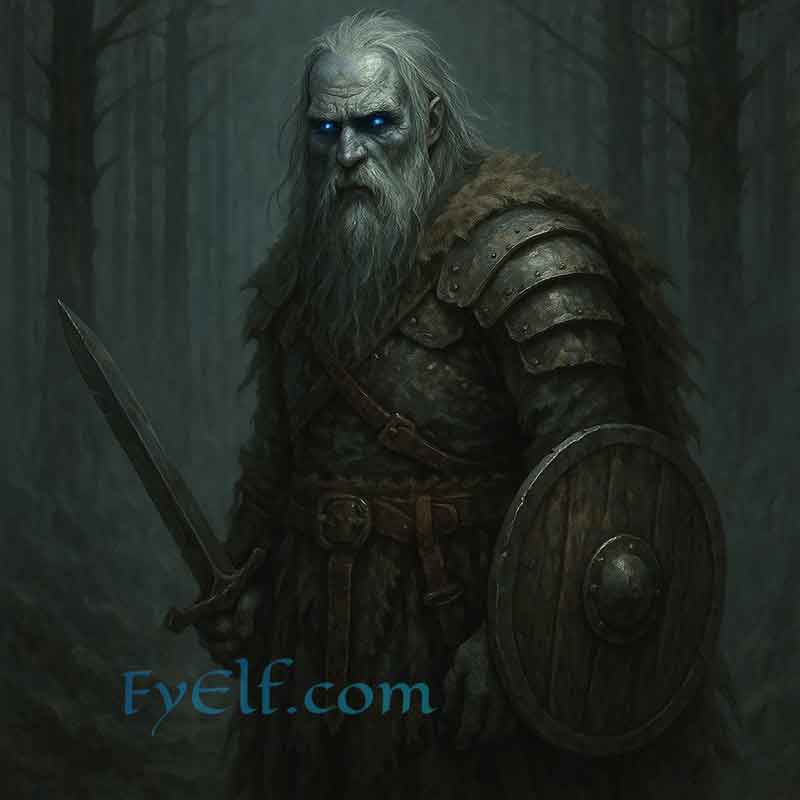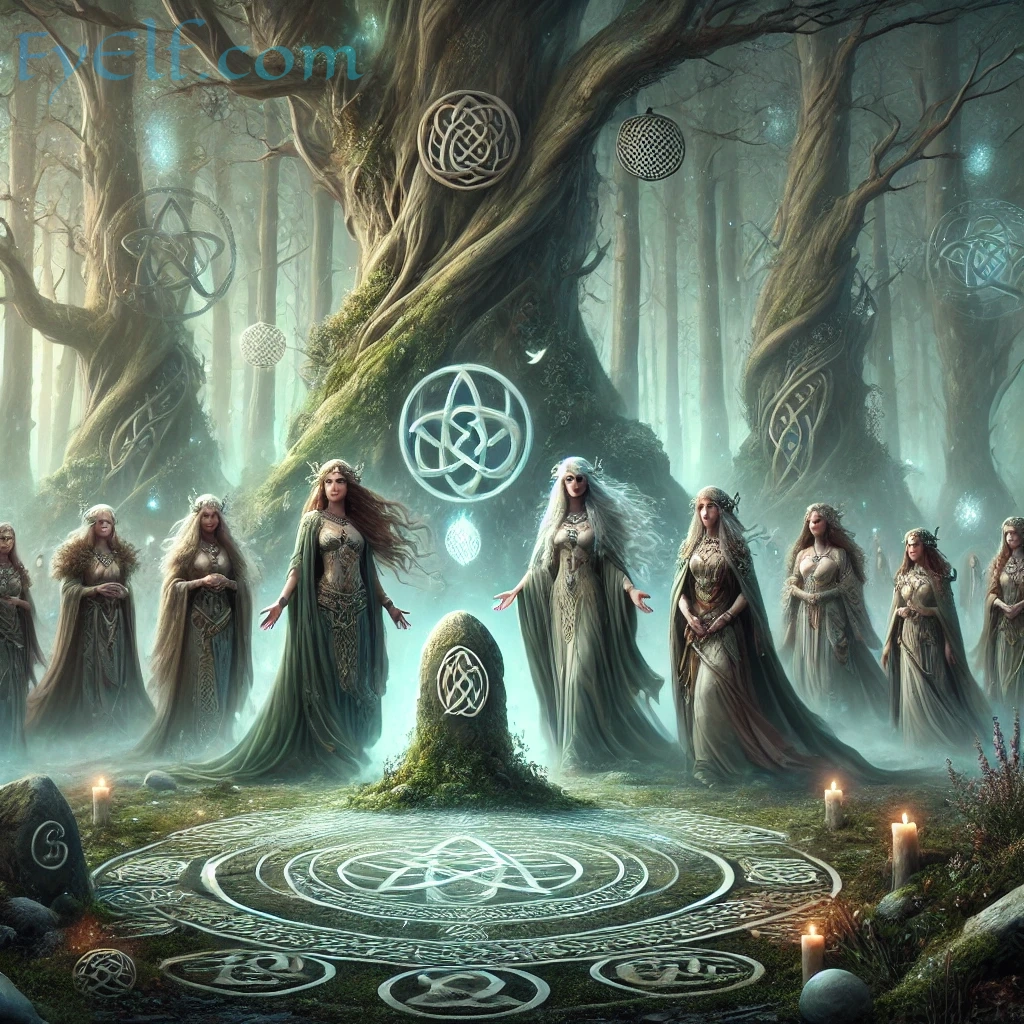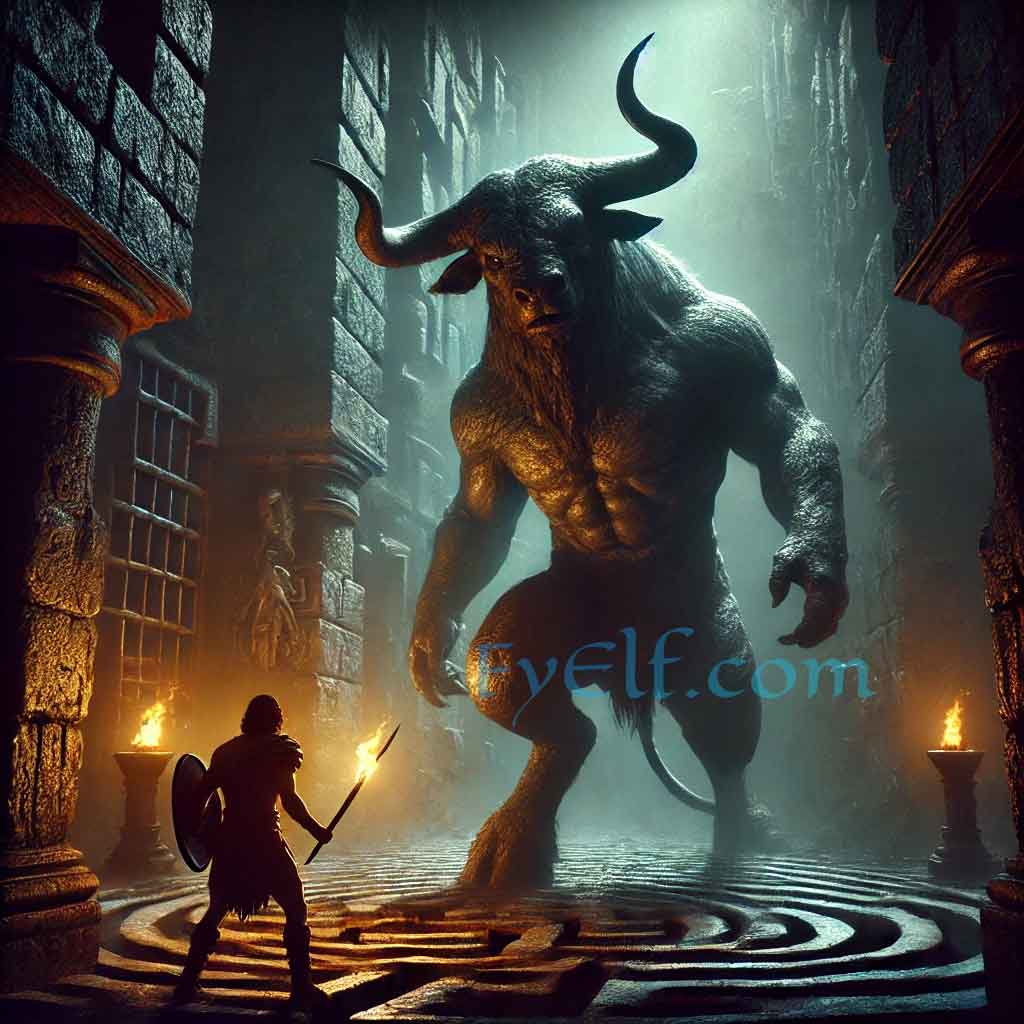Introduction
Few figures in Slavic mythology inspire as much fascination and fear as Baba Yaga. Often portrayed as a fearsome old witch who lives deep in the forest, she is at once terrifying and strangely wise, a character who both hinders and helps those who cross her path. Unlike the one-dimensional witches of Western fairy tales, Baba Yaga embodies contradictions: she is death and rebirth, cruelty and wisdom, chaos and order. Her legend has endured for centuries, shaping folklore across Eastern Europe and influencing literature, art, and even popular culture today.
Who Is Baba Yaga?
In Slavic mythology, Baba Yaga is one of the most recognizable mythical beings. She is typically depicted as a supernatural witch with immense power, dwelling on the margins of human society and the natural world. To the Slavs, she was more than a villain—she was a liminal figure, existing between life and death, the known and the unknown.
Unlike witches of Western traditions, who are usually agents of pure evil, Baba Yaga is morally ambiguous. She can appear as a dangerous predator who devours children and heroes alike, but in other tales, she is a wise woman who offers guidance or magical gifts to those who earn her respect.
Baba Yaga’s Appearance and Traits
Descriptions of Baba Yaga emphasize her unsettling and otherworldly nature. She is often portrayed as:
- An old woman with a long, crooked nose and iron teeth.
- Skinny yet immensely strong, with a skeletal frame that hints at her connection to death.
- Surrounded by wild nature—animals, spirits, and the deep forest itself.
Her ambiguous character reflects her dual nature. To some, she is a devourer of the unwary; to others, she is a guardian of ancient wisdom, capable of testing and rewarding the brave.
The Hut on Chicken Legs
No description of Baba Yaga is complete without mention of her infamous hut on chicken legs. This bizarre dwelling is said to stand in the forest, turning to face or hide from travelers at will.
To enter the hut, visitors must recite a ritual phrase: “Turn your back to the forest, your front to me.” Only then does the hut rotate to reveal its doorway.
The symbolism of the hut is rich and mysterious. Its chicken legs suggest mobility, unpredictability, and a liminal status—it is not fixed to one place, just as Baba Yaga herself resists easy categorization. The hut also represents the threshold between the human world and the supernatural, marking the boundary that heroes must cross in their journeys.
Legends and Stories of Baba Yaga
Baba Yaga appears in countless Slavic legends and fairy tales, her role shifting depending on the narrative.
- Vasilisa the Beautiful: In this famous tale, Baba Yaga is both terrifying and necessary. She provides Vasilisa with a magical skull lantern, which ultimately helps the heroine defeat her cruel stepmother.
- The Firebird Quests: In some versions, Baba Yaga is the guardian of the Firebird or offers guidance to heroes seeking this magical creature.
- Tests and Trials: Often, she challenges heroes with impossible tasks—spinning thread, separating grains, or surviving the night in her hut. Success often comes with magical help, while failure results in death.
These stories highlight her role as a tester of courage and character. Baba Yaga forces heroes to confront their fears, and only those who demonstrate cleverness, humility, or bravery survive her trials.
The Symbolism of Baba Yaga
Baba Yaga’s myths are more than just frightening stories; they carry deep symbolic meaning.
- The Archetypal Crone: Baba Yaga embodies the “crone” archetype—an old woman symbolizing death, wisdom, and transformation.
- Life, Death, and Rebirth: Her skeletal appearance and appetite for human flesh link her to death, but her role as a provider of guidance ties her to rebirth and renewal.
- Nature’s Duality: She represents the untamed forest—dangerous and destructive, yet also fertile and full of hidden knowledge.
The meaning of Baba Yaga varies by tale, but she consistently represents the liminal boundary between worlds, a guardian of transformation.
Baba Yaga in Slavic Witch Mythology
Witches in Slavic folklore were not merely villains but liminal figures with power over natural and spiritual forces. Baba Yaga stands as the ultimate example. She rules the boundary between the human world and the supernatural, between safety and danger.
Some scholars suggest that Baba Yaga may have roots in ancient pagan goddesses of the earth or death. Over time, as Christianity spread across Eastern Europe, she may have been demonized into the figure of the cannibal witch, but traces of her divine origins remain.
Baba Yaga in Modern Culture
The influence of Baba Yaga has spread far beyond Slavic folklore.
- Literature and Fairy Tales: Writers like Alexander Afanasyev preserved her stories in 19th-century collections of Russian folklore.
- Art and Music: Modest Mussorgsky’s composition Pictures at an Exhibition includes the piece “The Hut on Fowl’s Legs,” inspired by Baba Yaga’s dwelling.
- Modern Fantasy and Pop Culture: She appears in video games, novels, and films, often reimagined as a terrifying sorceress. In contemporary culture, the nickname “Baba Yaga” has even been applied to fictional assassins, most famously John Wick.
Her adaptability makes her a powerful symbol that continues to resonate with audiences worldwide.
Conclusion
Baba Yaga is one of the most enduring figures in Slavic mythology, embodying mystery, fear, and wisdom all at once. She is the witch of contradictions: devourer and guide, destroyer and protector. Her hut on chicken legs, her iron teeth, and her unpredictable nature ensure that she remains unforgettable.
In the stories told for generations, Baba Yaga teaches us that not all witches are villains, and not all guidance comes from gentle hands. She represents the truth that transformation often requires danger, and wisdom can be found even in the darkest corners of the forest.




